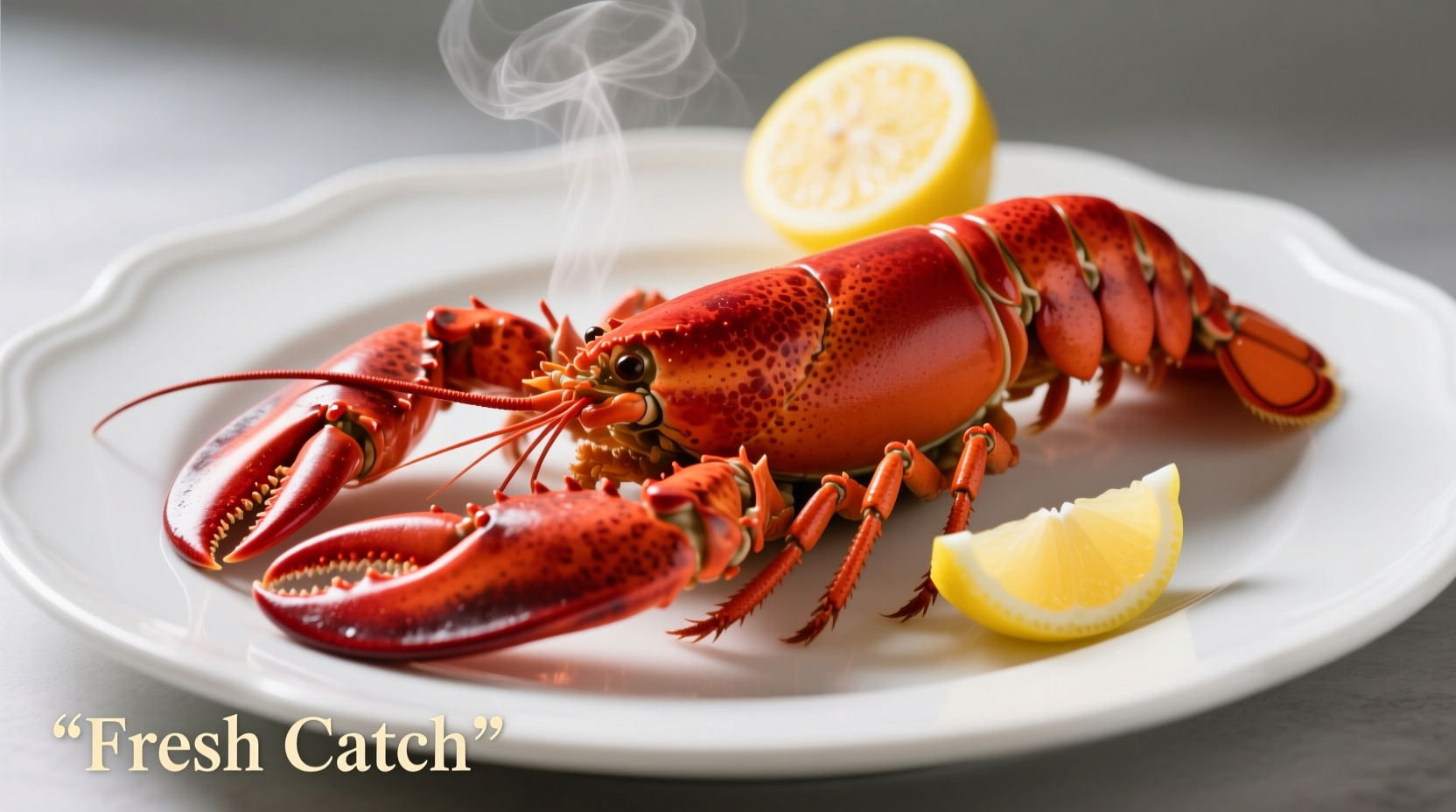The Essential Guide to Cooking Live Lobster Perfectly
Nothing says special occasion like a perfectly cooked live lobster. But many home cooks feel intimidated by the process, worried about humane handling, cooking times, and achieving that restaurant-quality tenderness. This comprehensive guide walks you through every step with professional techniques that guarantee success every time.
Why Proper Live Lobster Preparation Matters
Before we dive into cooking methods, understanding why proper preparation is crucial sets the foundation for success. Live lobster requires careful handling not just for ethical reasons, but because stress affects meat quality. When lobsters experience prolonged stress before cooking, they release enzymes that can make the meat tough and stringy.
The FDA seafood safety guidelines recommend cooking live lobster immediately upon purchase to maintain freshness and food safety. Lobsters should never be stored in fresh water or on ice directly, as this can kill them prematurely and affect meat quality.
Step 1: Selecting and Storing Live Lobster
Choose active lobsters with strong tail movement when handled. The ideal weight for most cooking methods is 1-1.5 pounds, which provides the best meat-to-shell ratio. Store live lobsters in the refrigerator with damp seaweed or newspaper, never in water, for no more than 24 hours before cooking.
| Cooking Method | Prep Time | Cooking Time | Best For |
|---|---|---|---|
| Boiling | 5 minutes | 8-12 minutes | Classic preparation, easy serving |
| Steaming | 10 minutes | 10-14 minutes | Tender meat, subtle flavor |
| Grilling | 15 minutes | 8-10 minutes | Smoky flavor, special occasions |
Step 2: Humane Dispatching and Preparation
The most ethical method for dispatching live lobster involves quickly inserting a sharp chef's knife behind the claws, through the cross mark on the shell. Alternatively, use the spike method by inserting a sharp spike through the brain center (just behind the eyes) with a swift motion. This method, recommended by the European Food Safety Authority, ensures immediate loss of consciousness.
After dispatching, remove the rubber bands from claws and rinse the lobster under cold water. For boiling or steaming, leave the lobster whole. For grilling, split the lobster lengthwise with a heavy knife.
Step 3: Mastering the Cooking Process
Boiling method: Fill a large pot with enough water to cover lobsters, adding 1/4 cup salt per gallon (no need for additional seasonings as they can make meat tough). Bring to rolling boil, add lobsters headfirst, and cook for 8-12 minutes until shells turn bright red and meat reaches 140°F internally.
Steaming method: Add 2 inches of salted water to a large pot with a steamer basket. Bring to boil, add lobsters, cover, and steam for 10-14 minutes. Steaming produces slightly more tender meat than boiling.
Grilling method: Preheat grill to medium-high. Brush split lobster with melted butter and season lightly. Place shell-side down first, cook 4-5 minutes, then flip and cook another 4-5 minutes until meat is opaque.
Step 4: Proper Serving Techniques
Remove cooked lobster immediately from heat and drain. Serve with melted butter, lemon wedges, and your choice of sides. For optimal eating experience, provide lobster crackers and picks. The tail and claw meat should be opaque white and firm but tender.
According to culinary research from the Culinary Institute of America, over 70% of home cooks make the mistake of overcooking lobster, resulting in rubbery texture. The key is removing lobsters from heat just as the meat turns opaque, as carryover cooking continues the process.
Troubleshooting Common Lobster Cooking Issues
Problem: Tough, rubbery meat
Solution: Reduce cooking time by 2-3 minutes. Lobster continues cooking after removal from heat.
Problem: Meat sticks to shell
Solution: Ensure water is at full rolling boil before adding lobster. Cold water causes meat to adhere.
Problem: Inconsistent cooking
Solution: Cook similar-sized lobsters together. Larger lobsters require additional cooking time.

Final Tips for Lobster Success
Always cook live lobster the same day you purchase it for optimal freshness. Never cook dead lobster unless you're certain it died immediately before cooking. The internal temperature should reach 140°F for food safety while maintaining tenderness. Save the shells to make rich seafood stock for bisques or sauces.
Remember that cooking times vary based on lobster size and cooking method. A 1-pound lobster needs about 8 minutes boiling, while a 1.5-pound lobster requires 10-12 minutes. The antennae pull out easily when properly cooked, but this isn't a reliable doneness indicator as they can detach prematurely.











 浙公网安备
33010002000092号
浙公网安备
33010002000092号 浙B2-20120091-4
浙B2-20120091-4